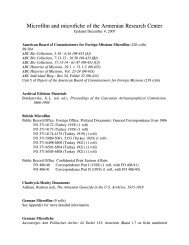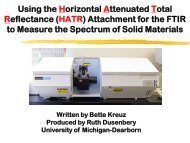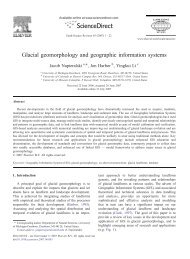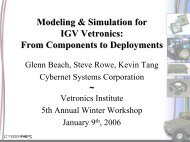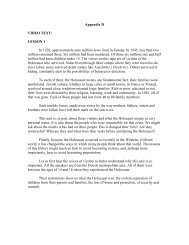Introduction to On Board Diagnostics (II)
Introduction to On Board Diagnostics (II)
Introduction to On Board Diagnostics (II)
You also want an ePaper? Increase the reach of your titles
YUMPU automatically turns print PDFs into web optimized ePapers that Google loves.
Fundamentals of PowertrainControl strategies & OBD <strong>II</strong><strong>Diagnostics</strong>whenever a defect occurs the mechanic must follow a specific procedure <strong>to</strong> isolate theparticular problem. These procedures are outlined in the shop manuals.An example procedure will be illustrated for an Oxygen sensor fault, P0130 whichindicates the sensor circuit malfunction. If you recall from the Oxygen sensor behaviordescribed earlier, the O 2 sensor switches between 0 (100 mv) and 1 volt (900 mv) asthe A/F mixture switches between the extreme conditions of lean and rich . Recall alsothat this voltage swing requires that the O must be at a temperature above 2 2000 C.The voltage of cold O 2 sensor is about 0.5 volt with a bias of 0.45 Volt and theelectronic control system will not go in<strong>to</strong> closed-loop operation when O 2 is cold.Possible causes of fault code P0130 include:O 2 sensor is not functioning correctlyCircuit wiring is defective ( stuck at some value)The control (circuit) unit processing O 2 sensor signal is not functioning properlyFurther investigation is required <strong>to</strong> attempt <strong>to</strong> isolate the specific problem.To check the operation of the O 2 sensor , the average value of its output voltage is measuredusing the OBD <strong>II</strong> procedure which will be explained presently.



